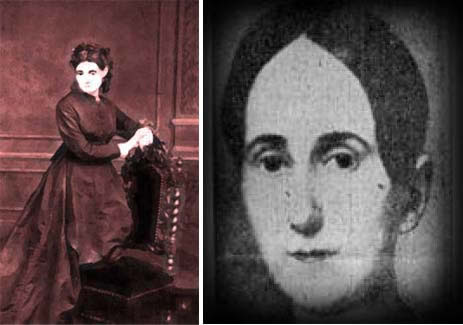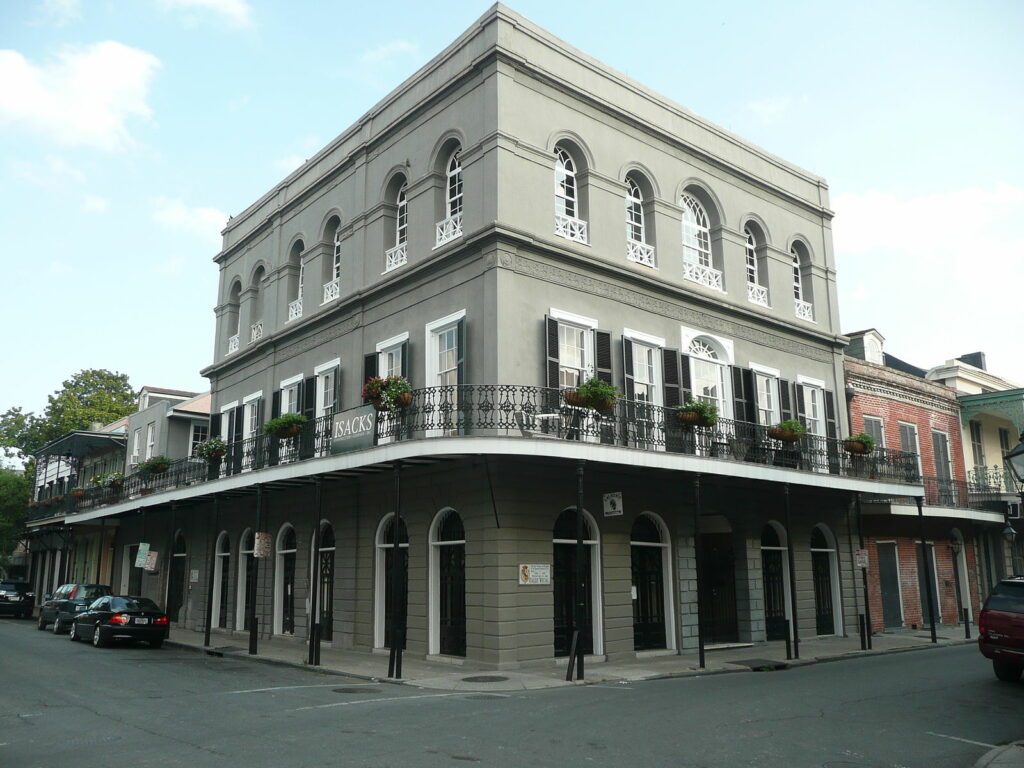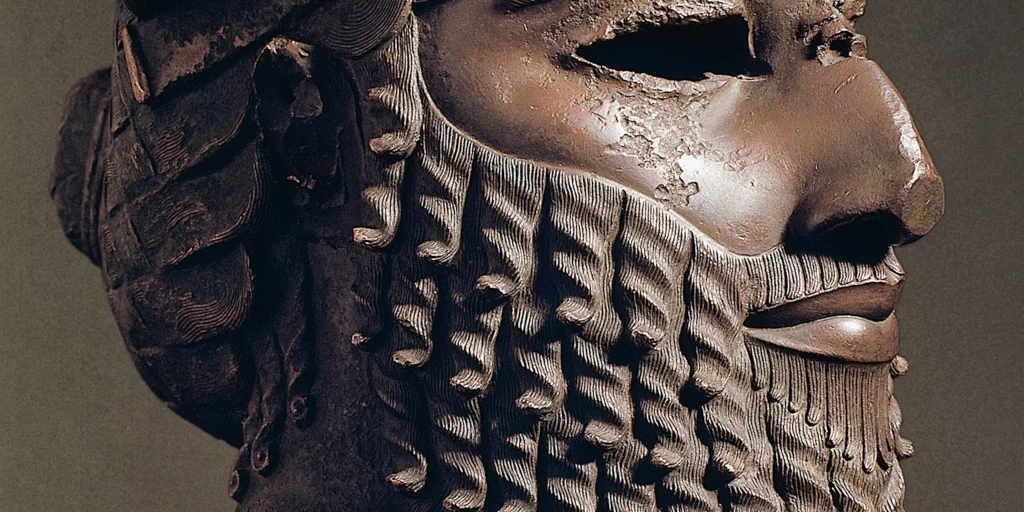On April 10, 1834, a fire started in the kitchen of the mansion of Madame Lalaurie. It quickly spread throughout the rest of the elegant two-story building, eating through walls and destroying paintings and exquisite pieces of art.
As soon as they smelled the fire, Madame Lalaurie and her husband, Dr. Lalaurie, scrambled from room to room in an attempt to save as many of their most precious possessions from the choking flames. Meanwhile, their slaves remained locked in their quarters, unable to break through the locked door that held them in.
The first responders to come onto the scene pleaded with Madame Lalaurie to hand them the key to the slave quarters or to release the slaves herself, but she refused. She was busy loading her arms with as many goods as she could carry.
To the aristocratic Marie Delphine Lalaurie, her slaves were far from her most valuable items. By the time the concerned bystanders finally got hold of the keys and entered, what they found within was nothing short of gut-wrenching.
In that moment, their ideas about Madame Lalaurie, the kind, wealthy, socialite, were replaced with a new, much more insidious image: a sadistic woman who took pleasure in pain and torture.

The Terrible Cruelty at 1140 Royal Street
Negligence and abuse of slaves were common in the antebellum South. But as the Lalaurie mansion burned to the ground, the true extent of Madame Lalaurie’s cruelty would soon send shockwaves through the city of New Orleans. It would fuel a growing debate over the fate of slavery.
Despite the Lalauries’ protests, local residents investigated the ruined mansion and uncovered horrifying evidence of the cruelty that had taken place inside. One of the first sights they came across was an elderly woman chained to the stove in the kitchen. She told the rescuers that she had been kept there for years, abused and starved. She said that it had been she who had started the conflagration.
But that was only the beginning. As they went from room to room, it was like descending through Dante’s Inferno.
As one local source described, in one room the rescuers came face to face with “seven slaves, more or less horribly mutilated… suspended by the neck, with their limbs apparently stretched and torn from one extremity to the other.”
In another, they found slaves tied up in uncomfortable positions and forced to wear spiked collars. According to one report, some of the slaves had been flayed with a whip while others had had their eyes gouged out.
Unsurprisingly, the Lalaurie mansion quickly became known as a house of horrors. A local New Orleans newspaper described Madame Lalaurie as “a demon in the shape of a woman.”
It did not take long for local residents to form a mob and go looking for vengeance. They stormed into the house, demolishing every piece of this nightmarish place that had once been witness to atrocities for which even “language is powerless to give a proper conception.”
The enraged mob smashed windows, tore up artwork and furniture, and left little behind but bare walls. The Lalaurie mansion, already burned by fire, became a heap of scorched stone and wood fragments. But that was far from the end of the mansion’s dark legacy.

Madame Lalaurie and the Slavery Debate
The legend of this New Orleans house of horrors did not disappear with its destruction. Nor did the disappearance of Dr. and Madame Lalaurie do anything to dampen the morbid curiosity and indignation that surrounded the story.
In fact, in the weeks after the fire at the Lalaurie mansion, Madame Lalaurie’s sadistic cruelty reached the east coast. This is where the debate over slavery had been simmering for years.
Abolitionist newspapers printed lurid descriptions of Madame Lalaurie’s sadism. They reminded readers that slavery has no place in a civilized society.
Meanwhile, pro-slavery advocates tried to distance themselves from Madame Lalaurie. They called her an exception to the paternalistic beneficence that the institution of slavery was supposed to represent.
In New Orleans itself, much of Madame Lalaurie’s behavior had been overlooked for years. But once the whisperings of her cruel treatment gave way to the reality revealed by the fire, residents were quick to condemn her actions. This was made clear by their destruction of the Lalaurie mansion itself.
As hard as those residents worked to eliminate any trace of Madame Lalaurie and her sadism, however, they ultimately failed. To this day, the legend of Madame Lalaurie’s house of horrors continues to gain attention as one of the most haunted places in all of New Orleans.
The Most Haunted New Orleans Mansion?
The Lalaurie Mansion’s reputation as a dwelling place for ghosts began not long after she and her husband disappeared from New Orleans.
Neighbors claimed to hear the desperate screams of her phantom victims pouring through the broken walls of the mansion. Some even claimed to smell burning flesh and chains rattling from within the mansion’s empty rooms.
By 1885, the Lalaurie Mansion’s notoriety had already been cemented. It appeared in the Historical Sketchbook and Guide to New Orleans as the “Haunted House on Royal Street.” In 1892 it once again appeared in a New Orleans Newspaper as “The Haunted House.”
But many of the reported ghostly encounters were hard to dismiss out of hand. Owner after owner struggled to hold on to the property at 1140 Royal Street. One was said to have been institutionalized in an asylum. Another slipped into a coma after participating in a brawl.
At one point, the house served as an integrated school. The young girls who attended the school complained of a woman who would snatch at their arms and inflict scratches on them. Much like the previous owners, that school didn’t last long.
Even Nicholas Cage couldn’t manage to hold on to the Lalaurie Mansion. He bought it in 2007 in the aftermath of Hurricane Katrina. But he was forced to give it up just two years later after running into financial problems.
Currently, the Lalaurie Mansion is owned by a Texas energy trader who invites guests over when they visit New Orleans. Only time will tell whether or not he can change the sinister reputation of this one-time house of horrors.

